November 24, 2017
White Paper: intuitive design and the changing face of workplace interactions
In his famous 1988 book The Design of Everyday Things, the cognitive scientist Donald Norman suggests that the way we interact with objects and our surroundings is determined almost entirely by their design. People cannot be the primary reason things succeed or fail, because they are constant, while the design of the object itself is the variable. People can expect to learn how to use things better, but without an underlying people-centric and intuitive approach to design, the design will fail to some degree or other. He concludes that the designer should focus their attention on the interaction between people and the design of objects and surroundings. This principle becomes more relevant with each passing day, as the number of interactions we have with designed objects increases. This is most obvious with regard to our interactions with technology, but it is also apparent across our entire lives.




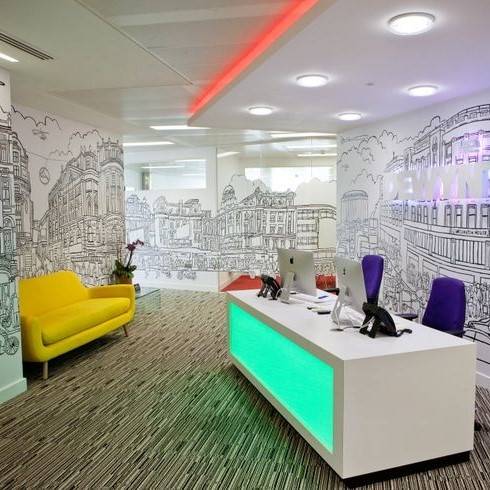
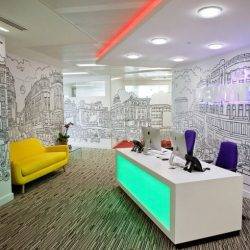
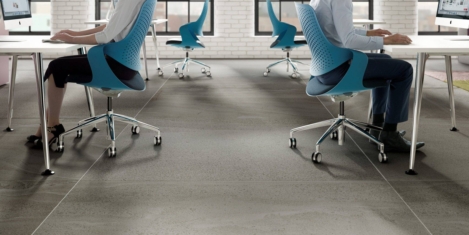
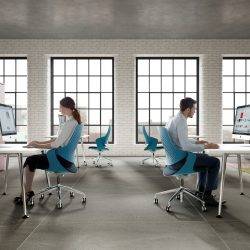
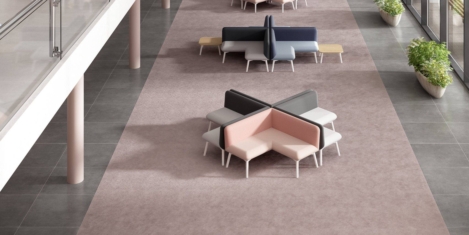
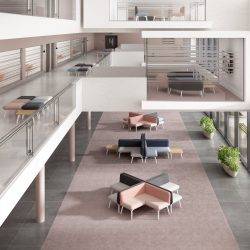


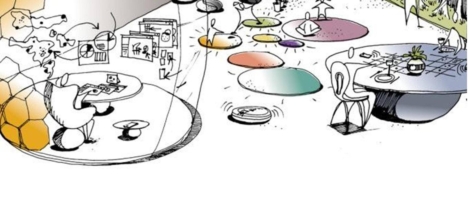
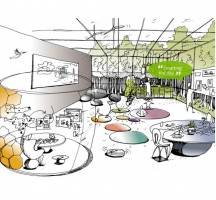

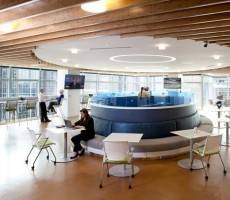











December 9, 2014
Government must beef up the way it manages outsourced contracts
by Gary Watkins • Briefing, Comment, Facilities management, Public Sector
(more…)